There are different kinds of sanders for various finishes and areas of the house. When to use a floor edger or an orbital sander? What are their uses, and how are they different? We researched and collected information to help you out.
A floor edger is a handheld sander with an attached dust bag. The unit's design is to smoothen and reach the sides and corners of the floor. It is an expensive power sander, so you commonly rent it out in shops.
An orbital sander is preferable for smooth finishes since it shaves off less wood material. Most households own an orbital sander for their different wood projects.
You can use both sanders in one project but with different purposes. Maybe you're planning to work on a new wood project. It's necessary to know their uses before renting or buying one. Find more about their features and details on when and where to use both sanders below!
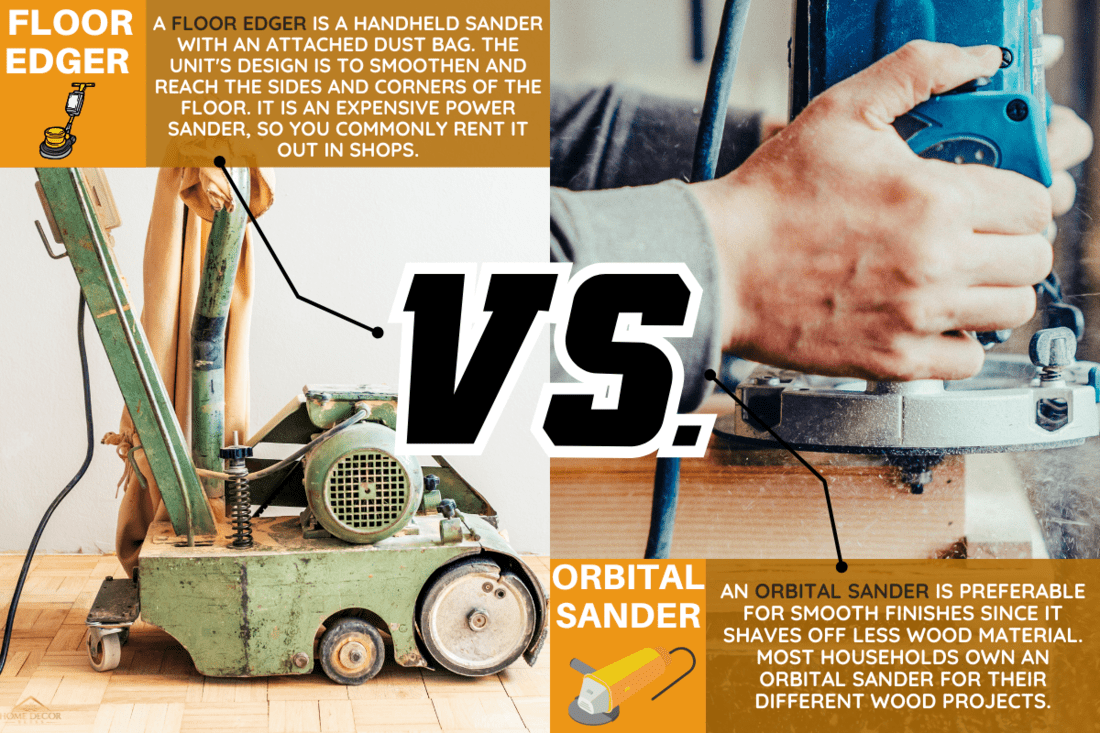
The Difference Between A Floor Edger And Orbital Sander
You use a sander when refinishing hardwood floors or surfaces, which is the initial step in refinishing process. And sanders come in various types.
Some are suitable only for the floor, while some are preferable in small and edgy corners. It works to smoothen surfaces through scuffing or stripping using the appropriate grade of sandpaper.
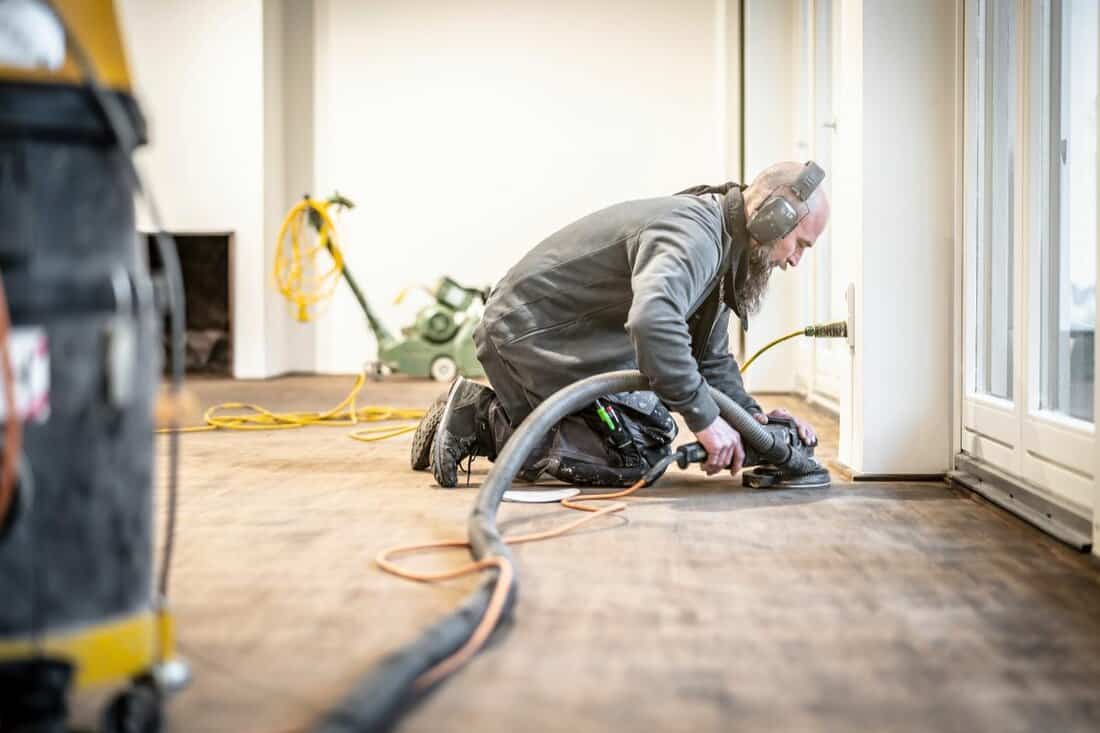
We may include affiliate links and curated AI content to highlight top design styles.
The primary material to use with a sander is sandpaper with different grades, from coarse to fine.
You can use a sander to remove blemishes from wood, prepare furniture before painting, and scrape off the stain, extra wood filler, or even spots of unwanted paint on wood surfaces.
Features Of Floor Edgers
A floor edger is a portable floor sander. It works best in reaching the hard-to-reach areas of your woodwork, such as beside walls or railings.
A traditional floor sander can't reach spaces like these. It is a powerful tool similar to a large drum sander. You can conveniently hold it on top with the handle with the disc rotating.
Usually, it has a dust bag attached.
Click here to view this floor edger on Amazon.
Features Of Orbital Sanders
On the other hand, an orbital sander scrapes less material and gives a smooth result on your wood surfaces. It vibrates as the main pad spins, which leaves a spotless finish.
The circular sanding does not leave a mark or reflections on the wood. You can pair it with either round or square sanding pads, hook and loop discs, or adhesive-backed discs.
They also come in variable speeds, which can go slower or a single speed. Also, it can have a cord or cordless.
Click here to view this orbital sander on Amazon.
Pros And Cons
Both sanders are helpful and have unique features. Look at the advantages and disadvantages of each sander in the following list:
Floor Edger Pros
- A more powerful sanding tool
- Handheld or portable
- Can work with various sandpaper grains
- Dust bag is an attachment
Floor Edger Cons
- It needs a tight hold since it's bulky and powerful
- Commonly available at rental shops with less expensive rent
- It may cause damage to the wood surfaces
Click here to view this edger bag on Amazon.
Orbital Sander Pros
- Superb as scraping material
- It leaves a smooth finish
- Easy to replace hook and loop discs
- Excellent dust assortment
- Some models have variable speed options
- Handy and comfortable to use
Orbital Sander Cons
- Costly to buy and use
- Not available sanding discs sometimes
- Too much power can harm the woodwork
- Hook and loop failure to hold a disc as it becomes dirty
- A damaged sanding pad affects sanding results
- Circular pads cannot smoothen edgy corners and spaces
Click here to view this sanding disc set on Amazon.
How To Use A Floor Edger
You need to prepare the materials besides your sander before operating it. Read the list of tools:
- Sandpaper
- Wrench
- Dust mask
- Goggles
Using the floor edger properly won't leave any gauges or unwanted marks on the floor or wood surfaces. It is handheld; hence, you have control of this powerful tool. Find out the steps to operate:
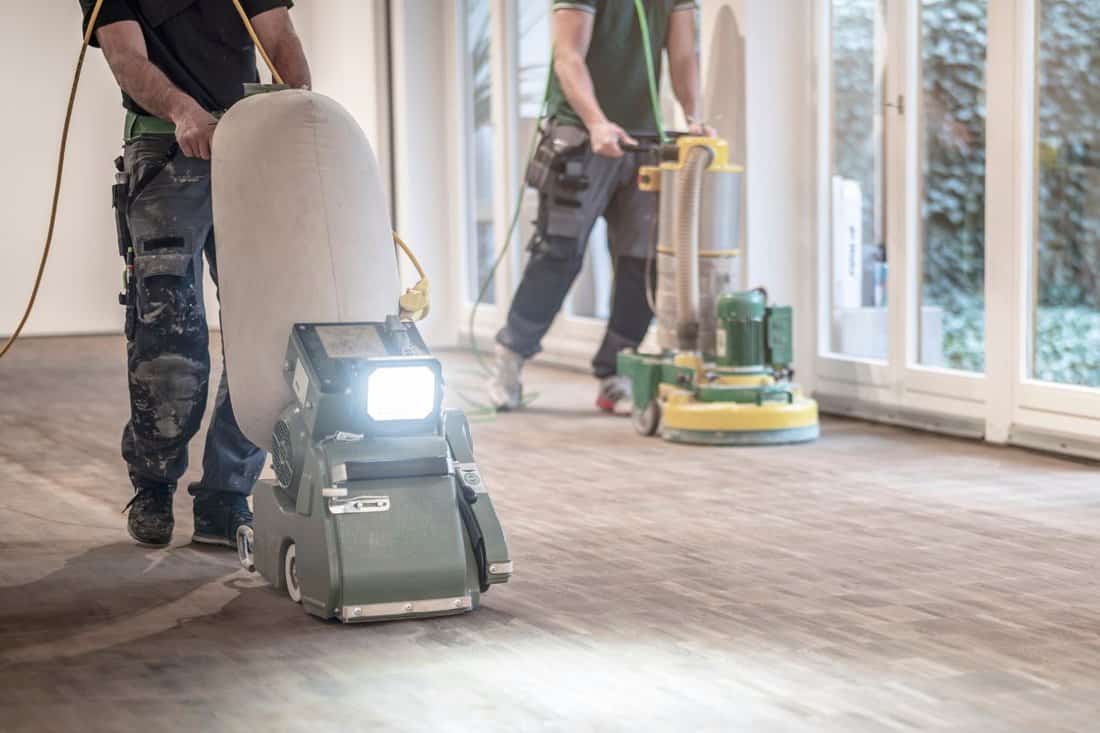
- Turn over the unit. Remove the bolt and the washer at the disc's center using a wrench. Change the washer and put the sanding disc at the center of the pad. Put the bolt back tightly to the disc's center using a wrench.
- Plug the unit and put on your dust mask and goggles.
- Lounge the unit with a foot on one side and the other. Grip the top handle. Take off the front of the disk from the floor and put the weight on the wheels.
- Firmly grab the unit as you turn it on using the other hand. Grip the other handle immediately after switching it on. It's not easy to control the unit with only one hand.
- Slowly and firmly hold the unit as the front disc comes in contact with the floor or wood surface; else, it may go thwarting.
- Consistently roll the unit on the floor to prevent gauges. Move from left to right, back and forth, or in a circular motion.
- You can sand as close as 1/4 inch or less. It is suitable to use against walls or baseboards.
- Reach every corner as much as possible. But, a floor edger cannot reach some tight or narrow spaces. That's when other types of sander come in.
Click here to view this dust mask on Amazon.
How To Use An Orbital Sander
Using an orbital sander needs more tools in its operation. Wear safety gear and observe caution to complete your woodwork without any accidents. Here are the materials needed:
- Sandpaper
- Dust mask
- Goggles
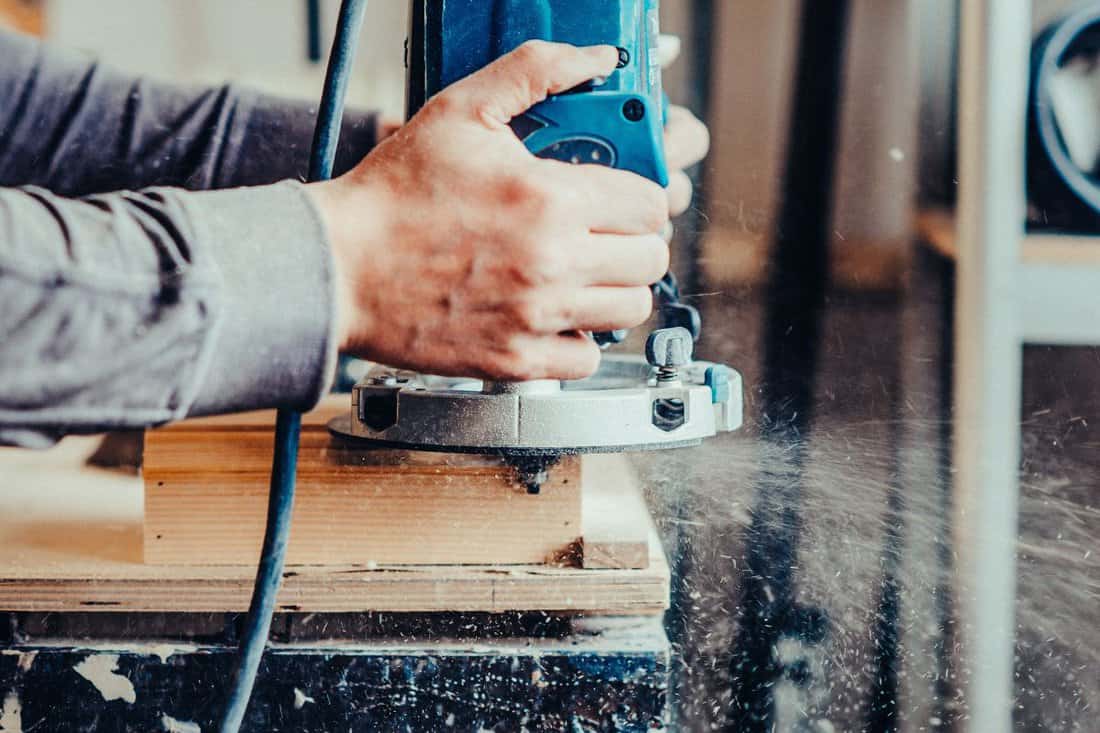
Operating an orbital sander seems easier. But it is still necessary for the correct application of the disc pad and the movement to thoroughly smoothen the surface and not leave further damage to your wood.
Here is an easy guide:
- Get sandpaper that matches your sander, commonly either a five or 6-inch diameter.
- Fix the sandpaper by simply sticking it on the pad and minding the holes, making sure to fix the disc at the center. Positioning at the center helps in the collection of dust.
- Power on the unit. Carefully contact the wood surface. Choose the correct speed if your unit comes with speed options.
- Gently press the sander on the surface and keep it going with a flat movement to avoid any dents or damage. A quick repair should only take half a minute to one.
Click here to view these safety goggles on Amazon.
Floor Sanding Tips
Sanding the floor requires a different grade of sandpaper. The more complex or damaged the floor, the coarser sandpaper is needed.
Practice safe handling of your unit and operating it throughout the floor work.
Find out safety tips for sanding the floor:
- Sand each floor simultaneously before shifting to another grade of sandpaper or changing the type of sander. It makes the workflow smooth, especially when sanding multiple rooms.
- Vacuum the floor after each sanding or pass to maintain a clean and smooth surface. Some fine scrapes or dust can get into the wood and eventually cause damage.
- Use appropriate sander for edges and corners. Shift to an orbital sander to refinish the tight spaces for a uniform, smooth look.
- Wear safety gear such as goggles and a dust mask to avoid inhaling dust or debris getting into your eyes.
What Can You Not Do With An Orbital Sander?
Shun from shoving down the sander with heavy pressure. Move the sander at a steady pace, not too fast or too slow.
Switch on the unit while in contact with the surface and switch off when it is off the surface to avoid leaving marks on the wood. Always use the sander with a flat or straight angle.
It does not work as an angle sander.
To Wrap Up
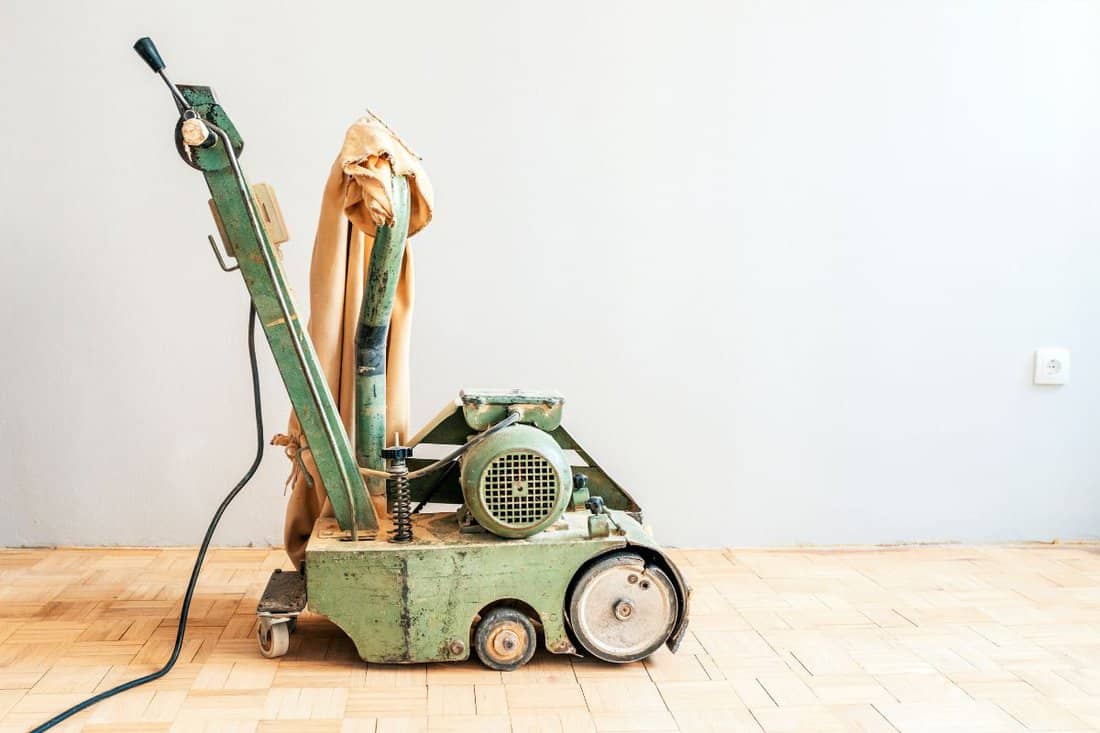
The floor edger differs from the orbital sander in various ways. The edger is a heavy, powerful tool you can usually rent in shops. It can smooth out spaces and corners of the floor.
The orbital sander is handheld and very easy to use on wood surfaces. It gives the smoothest result possible and has a light finish.
Learn more about refinishing methods in these related posts:
How To Clean Dust Off Walls After Floor Sanding [4 Easy Methods!],









